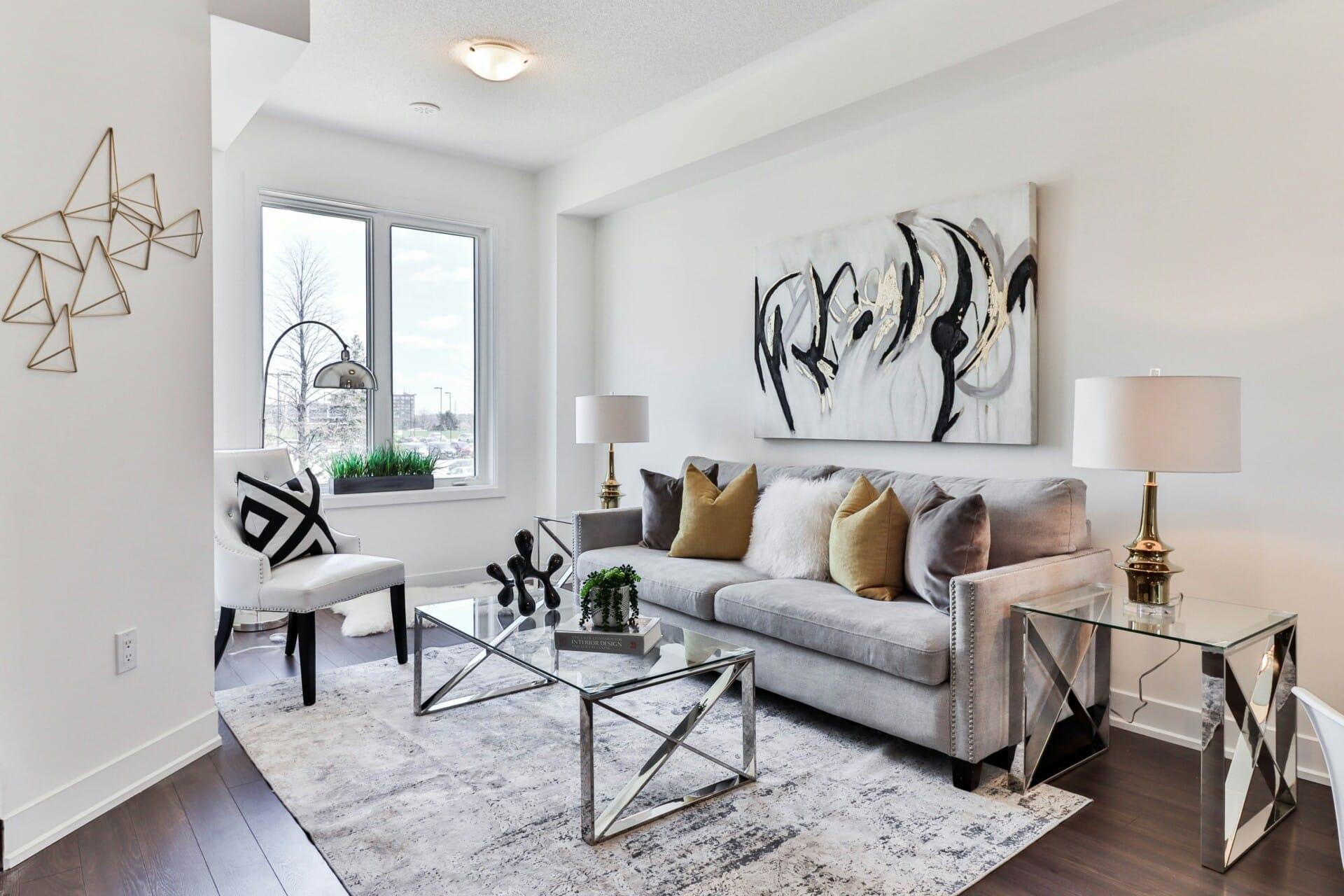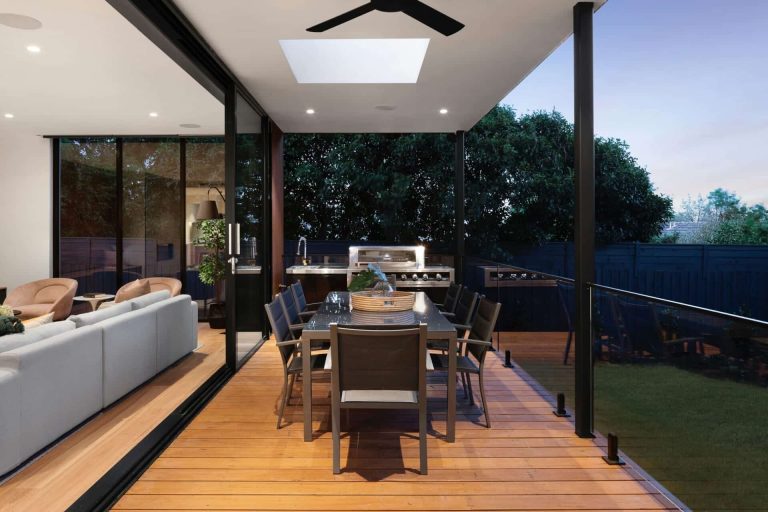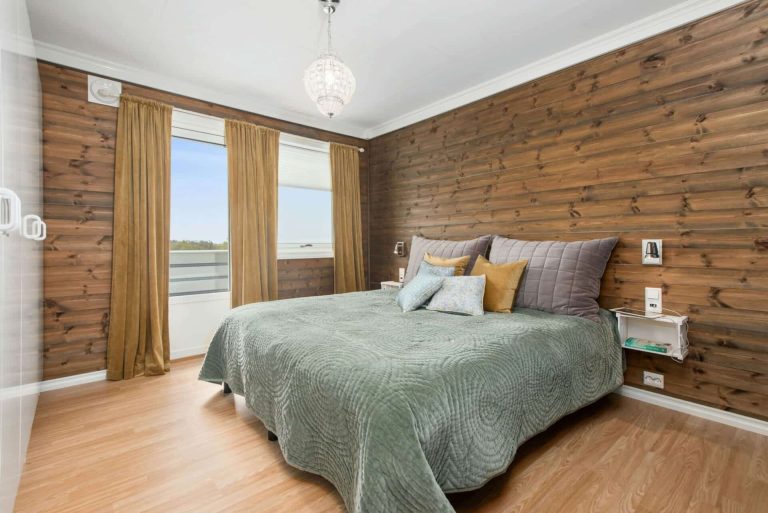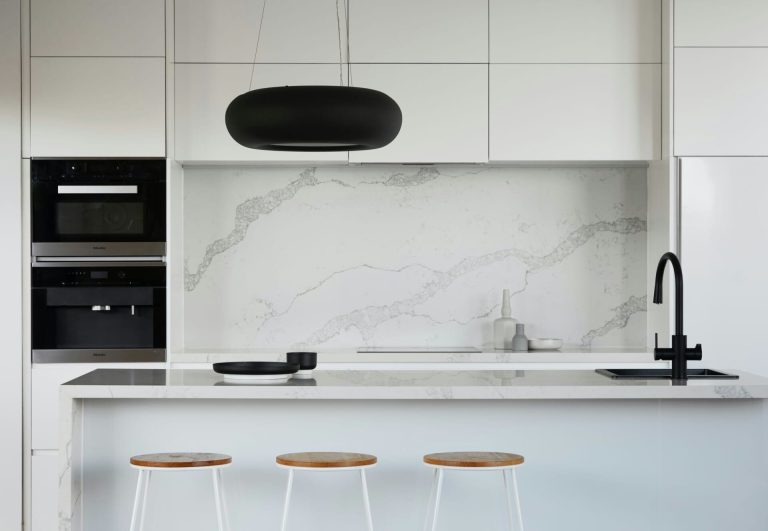When embarking on the journey of building a home, the allure of customization and the dream of a perfect sanctuary often come hand in hand with the looming specter of rising costs. From vision boards filled with stunning architectural designs to the practicalities of choosing materials and labor, the financial landscape of home construction can be a daunting challenge. However, achieving the dream home without the hefty price tag doesn’t have to be an elusive goal. With careful planning, strategic decisions, and a keen eye for value, prospective homeowners can uncover a treasure trove of cost-saving tips that maintain the integrity and quality of their construction project.
In this article, we’ll explore innovative and practical strategies to trim expenses while ensuring that your home reflects both your style and functionality. From making informed material choices to optimizing labor costs, we’ll delve into the nuances of budget-conscious construction without sacrificing the elements that elevate a house into a truly cherished home. Whether you are a seasoned developer or a first-time builder, our comprehensive guide will empower you to navigate the complexities of home construction with confidence, creativity, and cost efficiency. Join us as we uncover how smart planning and thoughtful decision-making can bridge the gap between your budget and your dreams, crafting a residence that stands as a testament to both quality and value.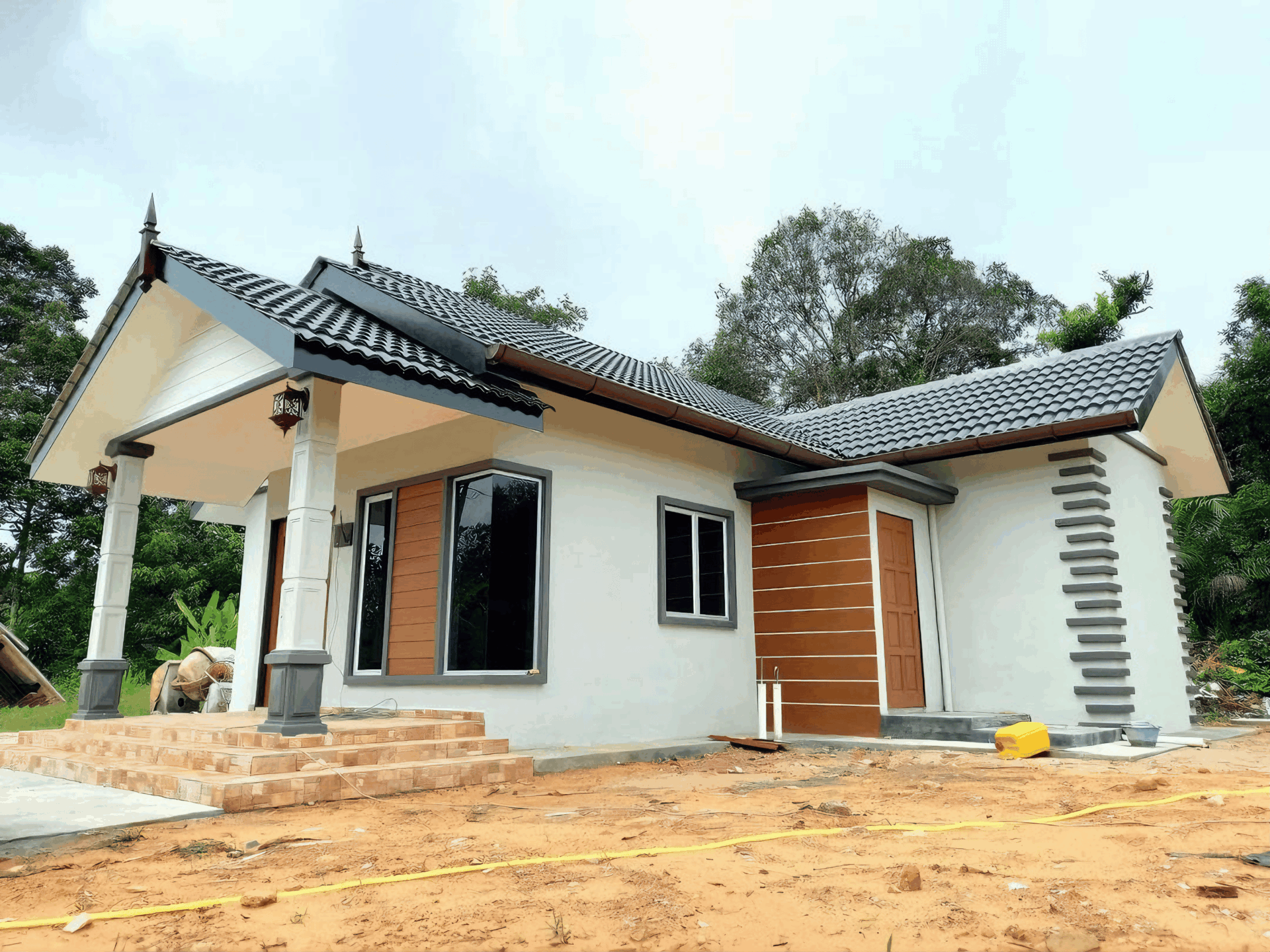
Smart Material Choices for Affordable Durability
When it comes to home construction, the choice of materials plays a pivotal role in balancing cost and quality. Opting for smart materials can enhance durability while minimizing long-term expenses. Consider materials that not only serve their primary function but also offer exceptional longevity, such as:
- Fiber Cement Siding: Resistant to rot and pests, it can last over 50 years with minimal maintenance.
- Engineered Wood Products: These provide the aesthetic appeal of traditional wood but come with enhanced strength and stability.
- Metal Roofing: A one-time investment that can last upwards of 70 years and improves energy performance.
Another critical aspect is to prioritize local and sustainable materials. Sourcing materials from local suppliers reduces shipping costs and supports the regional economy. Additionally, materials like reclaimed wood or bamboo not only minimize your carbon footprint but also add unique character to your home’s design. They can be beneficial in terms of cost and sourced sustainably, ultimately leading to profound savings without sacrificing quality. Consider using a mix of traditional and innovative materials tailored to your specific needs.
| Material | Benefits | Estimated Lifespan |
|---|---|---|
| Fiber Cement Siding | Resistant to fire, rot, and pests | 50+ years |
| Engineered Wood | Enhanced strength and minimal maintenance | 25-30 years |
| Metal Roofing | Durable and energy-efficient | 70+ years |

Efficient Design: Maximizing Space and Minimizing Waste
The key to achieving an economical yet high-quality home construction lies in thoughtful design. By incorporating multi-functional spaces, homeowners can reduce unnecessary square footage without sacrificing functionality. For instance, a spare room can double as a home office or guest bedroom, thus maximizing usability. Consider features such as built-in storage solutions, which not only save on floor space but also enhance the aesthetic appeal of your home.
Innovative use of materials is another avenue to minimize waste and cut costs. Opt for sustainable and locally sourced materials that not only lower transportation expenses but also contribute to a smaller carbon footprint. Utilizing reclaimed wood or recycled fixtures can impart character to your home while fostering environmental responsibility. Additionally, take advantage of prefabricated components to streamline the construction process, reducing both time and labor costs in the long run.
the principles of passive design can significantly enhance efficiency and comfort within your home. By strategically positioning windows and utilizing thermal mass materials, you can regulate interior temperatures and minimize the need for HVAC systems. Implementing energy-efficient appliances and smart home technology further helps reduce utility costs. Here’s a simple overview of cost-effective strategies:
| Design Strategy | Benefits |
|---|---|
| Multi-functional Spaces | Maximizes usability and reduces space requirements |
| Sustainable Materials | Lowers costs and environmental impact |
| Passive Design | Enhances comfort and reduces energy bills |
| Smart Technology | Improves efficiency and convenience |
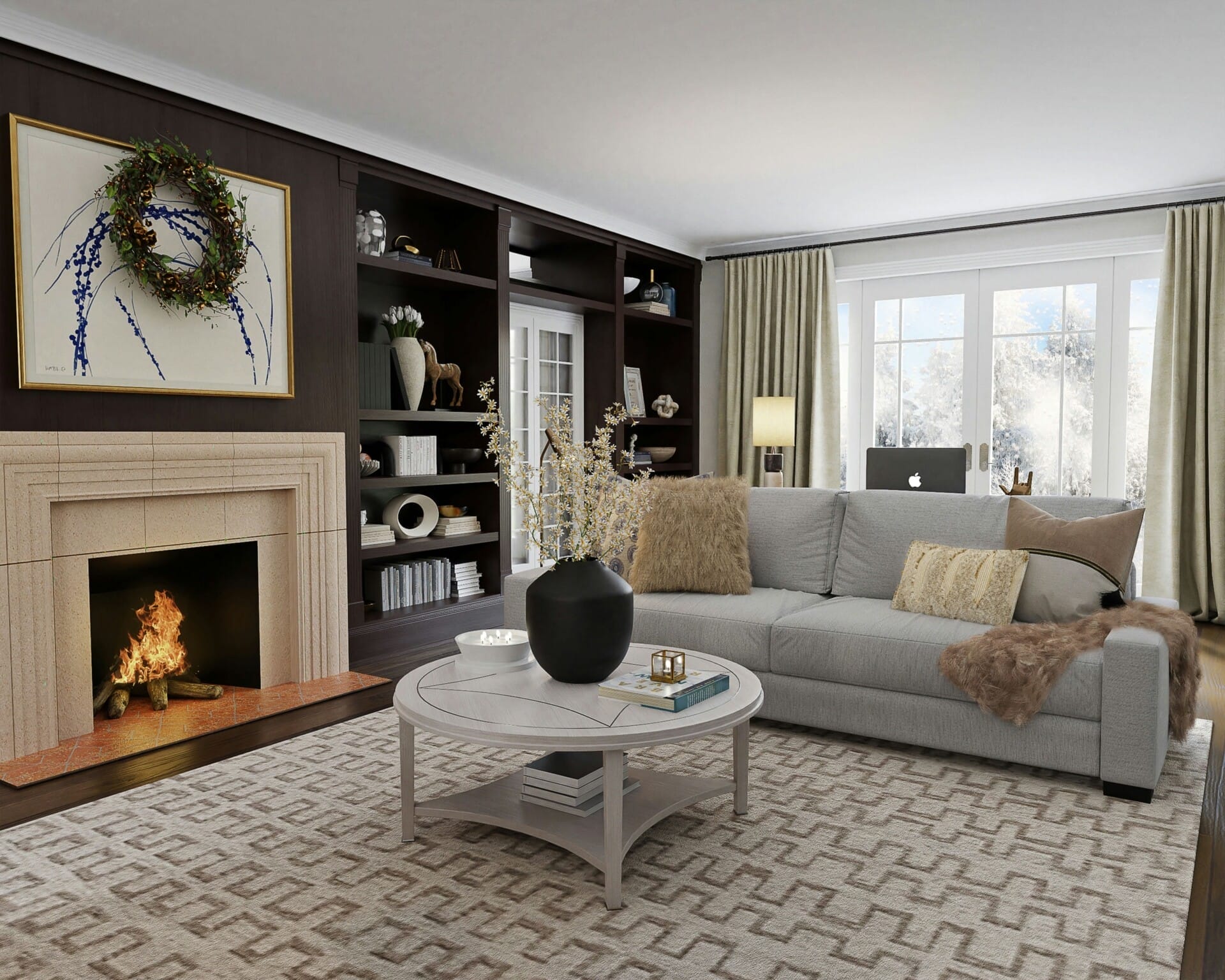
Sustainable Practices that Save Money and Resources
Embracing eco-friendly materials during construction not only contributes to a healthier planet but also can drastically cut costs. By sourcing materials like recycled steel, bamboo, and rammed earth, homeowners can save money while enhancing the aesthetics of their space. These alternatives often provide better longevity and reduce the need for frequent replacements, thereby yielding further savings over time. When selecting materials, consider the following:
- Engineered Wood Products: Durable and made from renewable sources.
- Local Sourcing: Minimized transportation costs and environmental impact.
- Reclaimed Materials: Unique finishes at a lower price.
Incorporating energy-efficient solutions such as solar panels and high-performance insulation can significantly lower utility expenses. Investing in a well-designed passive solar orientation allows for natural heating and cooling, which reduces overall energy usage. Additionally, institutions that offer financing options for energy-efficient upgrades can help alleviate initial costs. Below is a quick comparison of various energy options:
| Energy Option | Estimated Initial Cost | Average Annual Savings |
|---|---|---|
| Solar Panels | $15,000 | $1,200 |
| Insulation Upgrade | $3,000 | $500 |
| Energy-Efficient Windows | $10,000 | $800 |
Moreover, adopting sustainable landscaping practices can yield long-term savings while enhancing curb appeal. Choosing native and drought-resistant plants reduces water usage and maintenance costs. Implementing techniques such as rainwater harvesting and composting can further decrease reliance on municipal resources and promote a self-sustaining ecosystem. Consider these landscaping tips:
- Mulching: Retains soil moisture and suppresses weeds.
- Drip Irrigation: Minimizes water waste through targeted delivery.
- Permeable Paving: Reduces stormwater runoff and maintenance efforts.
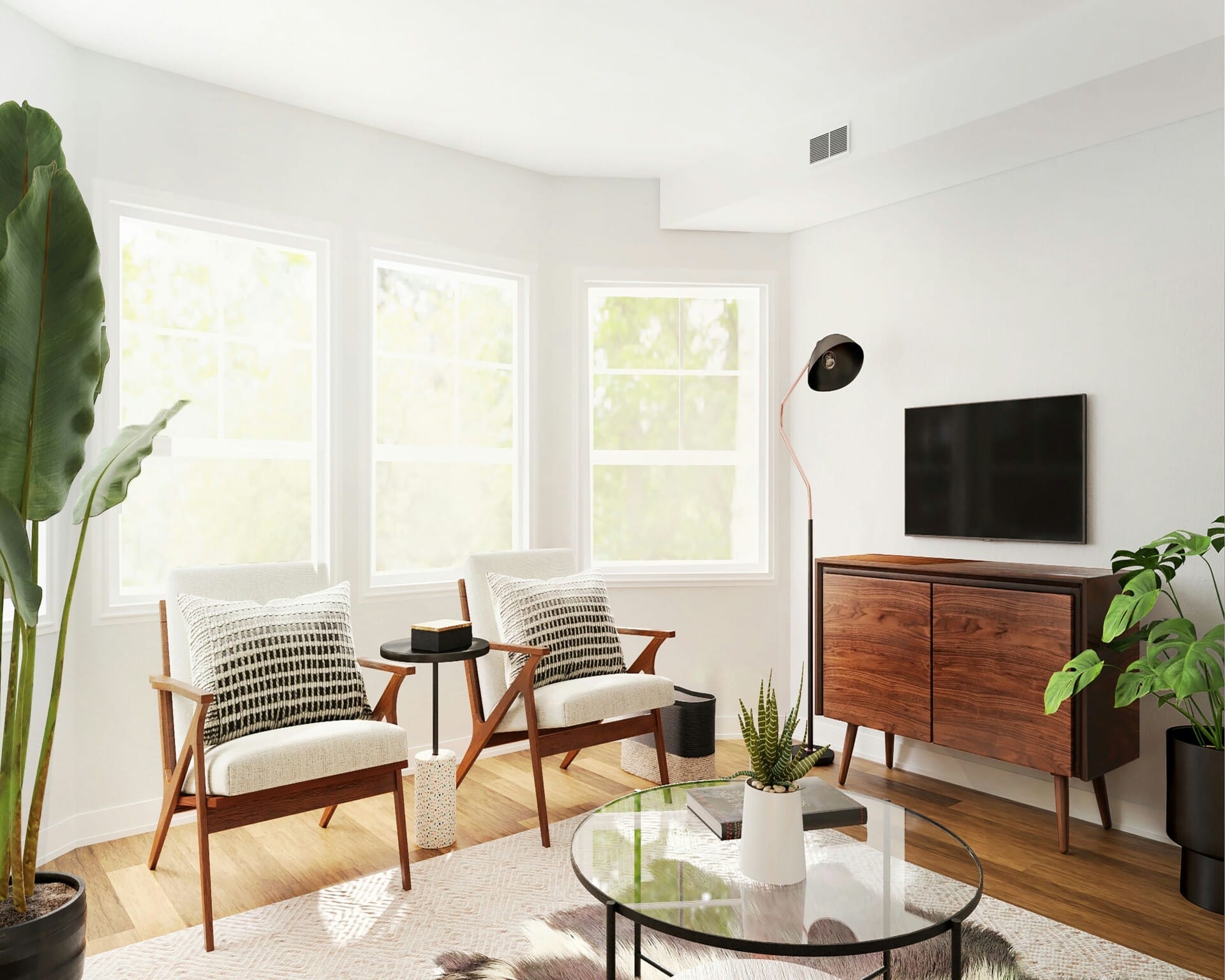
The Role of Skilled Labor in Cost-Effective Quality Construction
Investing in skilled labor can significantly enhance the efficiency and quality of your construction project. When workers possess the right combination of experience and specialized training, they not only execute tasks more effectively but also recognize potential issues before they escalate into costly problems. This proactive approach reduces the likelihood of errors, resulting in a smoother construction process. By hiring skilled labor, you shift the focus from merely cutting costs to investing in craftsmanship that will stand the test of time.
Moreover, skilled workers can work with a variety of materials and techniques, enabling innovative solutions that meet both your budget and quality requirements. Their understanding of the latest tools and technologies ensures that your project employs the most efficient methods available. This leads to savings in both labor and materials, as well as time. Some benefits include:
- Improved productivity and faster project completion
- Minimized rework due to high-quality workmanship
- Better safety practices, reducing the risk of costly accidents
To further illustrate the point, consider the cost implications of hiring skilled versus unskilled labor. The table below compares average costs and potential savings:
| Labor Type | Average Cost per Hour | Quality Assurance (Cost of Errors) |
|---|---|---|
| Skilled Labor | $$$ | Minimal |
| Unskilled Labor | $ | High |
Clearly, while the initial expense of skilled labor can seem higher, the long-term benefits manifest as lower overall costs due to reduced error rates and improved efficiency. Investing in a skilled workforce is not just a choice; it’s a strategy for ensuring that your project remains both cost-effective and of exceptional quality.
Q&A
Q: What are some general strategies for saving costs in home construction?
A: One effective strategy is to establish a clear budget before the construction process begins. This helps prioritize which aspects of the build are most important to you. Additionally, consider phased construction; completing your home in stages can allow for better financial management and minimize short-term expenditures.
Q: How can I choose materials wisely without compromising on quality?
A: Opt for materials that offer durability but come at a lower cost. For example, instead of solid hardwood, consider engineered wood or laminate that mimics wood but is more affordable. Moreover, seek out alternatives that are environmentally sustainable—like recycled materials—which can be both cost-effective and high-quality.
Q: Are there any design choices that can help reduce costs?
A: Absolutely! Simplifying the design of your home can lead to significant savings. For instance, opting for a rectangular footprint instead of a complex shape can reduce material waste and labor costs. Additionally, using an open floor plan can minimize the need for extra walls and doors.
Q: Is it better to hire a general contractor or manage the construction myself?
A: While managing your build can save on labor costs, hiring a reputable general contractor often alleviates stress and can lead to cost savings in the long run due to their expertise and established relationships with suppliers and subcontractors. Weigh your experience against potential savings when making this decision.
Q: How can I leverage local resources to save money?
A: Local resources can be a goldmine for both savings and quality. Purchasing materials from nearby suppliers can reduce transportation costs, and local artisans or craftsmen may offer competitive pricing compared to larger companies. Additionally, tap into local building experts or community groups for advice—often they know local deals or discounts.
Q: Can energy efficiency measures actually save me money during the construction process?
A: Yes! Investing in energy-efficient technologies—like high-quality insulation, energy-efficient windows, or solar panels—may have higher upfront costs but can significantly reduce long-term energy expenses. Many local governments or organizations also offer rebates or incentives for energy-efficient upgrades, further offsetting initial costs.
Q: What are the advantages of pre-fabricated components?
A: Pre-fabricated components can lead to reduced labor costs and shorter construction time. They are typically manufactured in a controlled environment, which can enhance quality and minimize waste. Plus, they often come with warranties, providing peace of mind in terms of durability.
Q: How important is organization during the construction process when it comes to savings?
A: Organization is crucial! A well-organized project helps avoid costly delays and ensures that materials are used efficiently. Keeping detailed schedules, tracking expenses, and managing subcontractors effectively reduces the risk of budget overruns, ensuring a smoother construction process.
Q: What lasting tips do you have for homeowners to keep costs down during construction?
A: Always communicate openly with your contractors about your budget constraints. Investigate multiple bids for all major components and invest time in researching. Moreover, remember to anticipate unexpected costs; having a contingency fund can save you from scrambling later and keep your project on track.
In Retrospect
embarking on a home construction project doesn’t have to mean breaking the bank. By smartly integrating these cost-saving tips into your planning and execution phases, you can achieve a beautiful, high-quality home that meets your budgetary constraints. From selecting the right materials to optimizing your project timeline, every choice counts toward striking that delicate balance between affordability and excellence. Remember, building a dream home is a journey, not just a destination. With diligence, creativity, and a carefully crafted plan, you can craft spaces that reflect your vision while ensuring that your financial investment remains sound. As you step into this exciting endeavor, keep these strategies in mind, and watch as your dream home takes shape—without the stress of overspending. Happy building!
